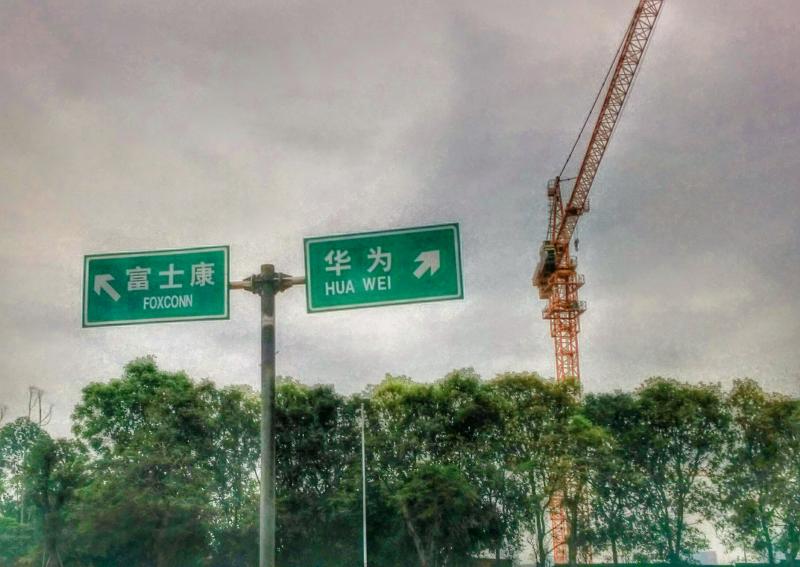Huawei Defends Its Pole Position In The Race Of Network Solutions Providers In Europe

Several Forrester analysts attended Huawei’s 12th global analyst summit in Shenzhen recently. This post will focus on the perspective of European CIOs; in our view, they should take note of Huawei due to the firm’s growing strength in the European enterprise segment. For Forrester’s global perspective on the event, please refer to our upcoming report. For European CIOs, the main takeaways of the analyst summit are that Huawei is:
- Strengthening its financial performance. Huawei’s enterprise divisions — which the firm just announced in 2011 — impresses with its strong growth rates. Huawei grew its enterprise activities by 27% to $3.1 billion in 2014; two-thirds of that growth came from outside China, with Europe accounting for the largest share of that. Huawei’s goal is to grow its enterprise business to $10 billion by 2019. Outside of China — which still accounts for 38% of Huawei’s revenues — EMEA will continue to play a critical role for Huawei, as it accounts for 35% of revenues. In EMEA, Huawei reported revenue growth of 20%.
- Positioning itself as an enterprise partner for Internet of Things initiatives. Of the 25 billion connected devices that Huawei expects by 2025, it estimates that 55% will be in the business-to-business arena, for instance in smart manufacturing. Huawei is an active ecosystems member of the Industrial Internet Consortium and other similar IoT initiatives. Huawei also has entered into partnerships with European industry players like VW, Bosch, Fraunhofer, Siemens, and BMW. Moreover, Huawei has entered strategic partnerships with SAP, Accenture, Intel, T-Systems, Telefónica, and Vodafone in the areas of cloud computing and big data.
- Addressing telco CIO requirements for open, flexible, and customizable network infrastructure. Its SoftCom offering supports the trend of migrating large parts of the carrier into the cloud. Huawei believes that telco networks will no longer be closed but open to partners. This requires a complete revamp of the telcos’ OSS and BSS architecture. To drive this shift, Huawei is betting big via its Fusionsphere into open source initiatives like OpenStack, joining alliances such as OpenFlow and Onos, and launching its own Open Labs. Huawei will also increasingly focus on supporting global traffic hubs. Huawei helps telcos address the opportunities that cellular IoT offers telcos by developing mobile broadband solutions, including LTE-M, LTE-U, eLTE, and of course 5G.
At present, Huawei remains the second-largest network solutions provider behind Cisco. However, the recently announced takeover of Alcatel-Lucent by Nokia will change the landscape and put more pressure on Huawei. However, chances are that the additional pressure will just invigorate Huawei to do even better.
